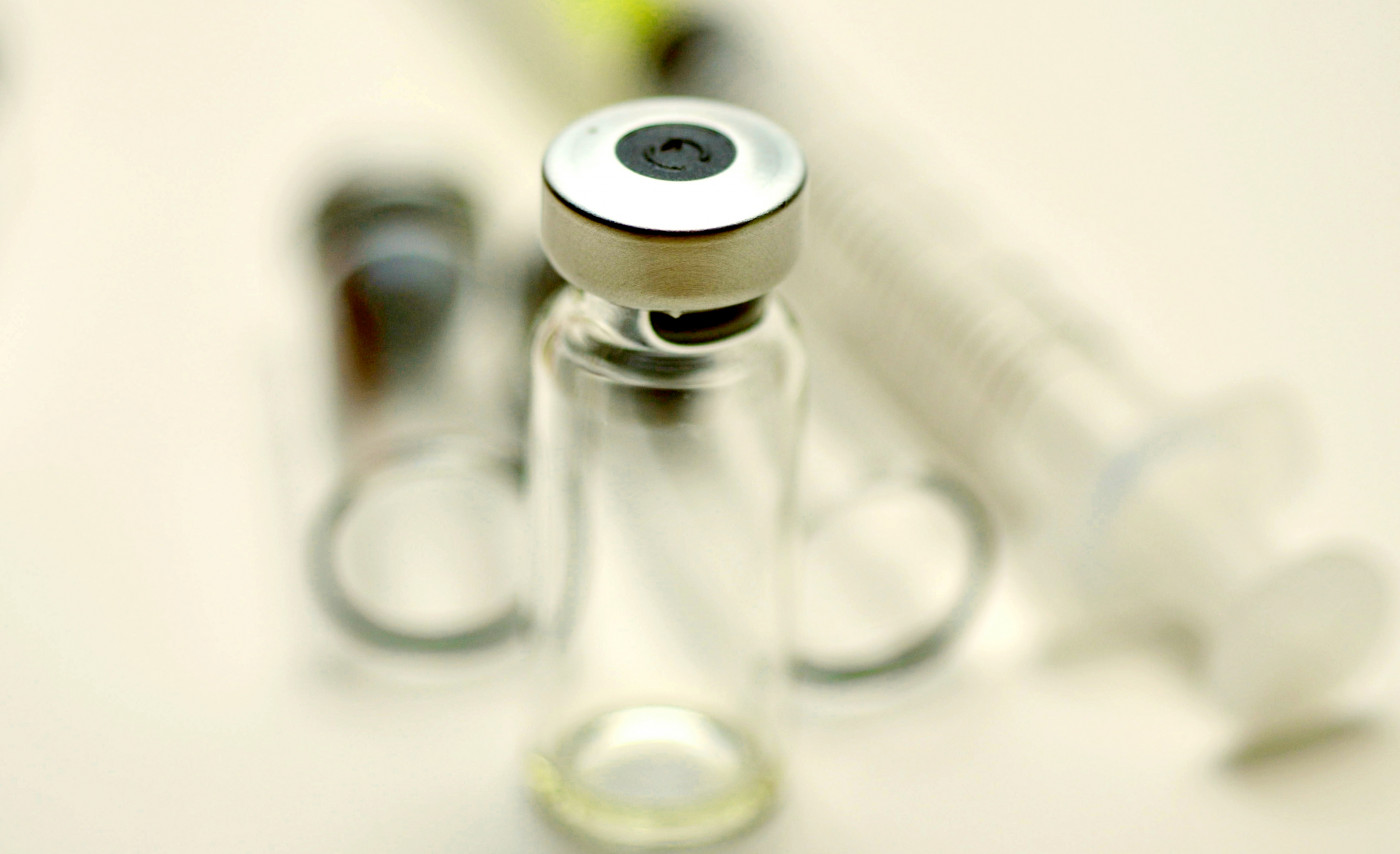Ruconest Safe, Effective for On-demand and Preventive Treatment of HAE Attacks, Study Says

Ruconest (rhC1INH) is safe and effective as an on-demand therapy to treat acute swelling attacks, and as a short-term prophylaxis to prevent attacks of hereditary angioedema (HAE), a study in Hungary found.
Early administration of Ruconest speeds the full resolution of an attack, and repeated use does not lessen its efficacy, researchers said.
The study, “Evaluation of the efficacy and safety of home treatment with the recombinant human C1-inhibitor in hereditary angioedema resulting from C1-inhibitor deficiency,” was published in the journal International Immunopharmacology.
Pharming‘s Ruconest is a recombinant (lab-made) C1-inhibitor used to treat acute attacks in adults and adolescents with hereditary angioedema (HAE), caused by C1-inhibitor (C1-INH) deficiency.
Malfunction or insufficient levels of C1-INH cause most HAE cases, leading to fluid leakage from blood vessels into tissues. This results in swelling under the skin or under the mucosa, a group of layers that line cavities in the body and the surface of internal organs.
Ruconest works by increasing the working levels of C1INH levels in the blood. It is given by an injection into the vein (intravenous), lasting about five minutes, to rapidly relieve the symptoms of a swelling attack. Patients may trained to self-inject the medicine.
Ruconest’s label is currently limited to on-demand treatment of acute attacks, but a pilot study (NCT00851409) and a placebo-controlled trial (NCT02247739) found evidence that it can be effective as a prophylaxis to prevent HAE attacks.
Researchers from Semmelweis University in Hungary evaluated the efficacy and safety of Ruconest in clinical practice, both as an on-demand treatment and a short-term prophylaxis of HAE patients followed at the Hungarian Angioedema Reference Center.
When Ruconest was used as a short-term prophylaxis, patients were given doses of 2,100 IU, or 4,200 IU if they weighed less than 84 kg, before medical procedures or other conditions known to trigger HAE attacks. These included stress, travel, weather changes, or the appearance of erythema marginatum — a type of skin rash that is an early, or prodromal, sign of a swelling attack. All Ruconest treatments were adminstered at home.
Patients were asked to record the characteristics of any eventual attacks (e.g., time of onset and time to full resolution) as well as any side effects, and their satisfaction with the treatment.
A total of 544 acute attacks in 21 HAE patients were treated on demand with Ruconest. Of those, 240 attacks were subcutaneous(under the skin); 231 were submucosal (under the mucosa), with 217 of those gastrointestinal and 14 under the upper airway; and 73 attacks were in other locations.
Ruconest was given a median of 90 minutes after the attacks started, and symptoms began to ease as soon as 60 minutes later, fully resolving a median of 730 minutes (about 12 hours) after treatment.
Symptoms resolved faster in patients treated sooner after the onset of an attack, evidence that the earlier the treatment with Ruconest, the quicker patients reached full relief from an attack.
In general, submucosal attacks were faster to resolve, with symptoms subsiding after a median of 600 minutes (10 hours), than subcutaneous attacks, which took a median of 930 minutes (15.5 hours).
Neither patients’ body mass index nor repeated administration of Ruconest seemed to change treatment efficacy. An attack took about the same amount of time to resolve after the first, 40th or 100th injection.
Nine patients received short-term prophylaxis in 97 instances, including before dental procedures or endoscopy, prior to stressful situations, warming of the weather, or travel, or when erythema marginatum was detected.
Ninety-three of those times, prophylaxis with Ruconest “successfully prevented” HAE attacks in the 72 hours following treatment.
In the four cases in which it failed, Ruconest was given due to erythema marginatum, and more than 10 hours after the rash appeared. In two of those cases, the patients did not use the recommended dose of Ruconest.
No severe or local allergic reactions or other severe side effects were reported. Mild effects, possibly related to treatment, were reported by five of 21 patients, involving 18 attacks.
Side effects included tiredness, gastrointestinal discomfort (nausea, abdominal pain), dizziness, and heat sensation in the injected arm.
On a scale of one to 10, average patient satisfaction with Ruconest was 9.43.
“Treatment with rhC1-INH [Ruconest] is effective, safe, and well tolerated, both for the management of HAE attacks, and for short-term prophylaxis,” the researchers said. “Following the onset of symptoms, the early administration of rhC1-INH may reduce time to the improvement and to the complete resolution of symptoms. Repeated administration of this medicinal product does not impair its efficacy.”





